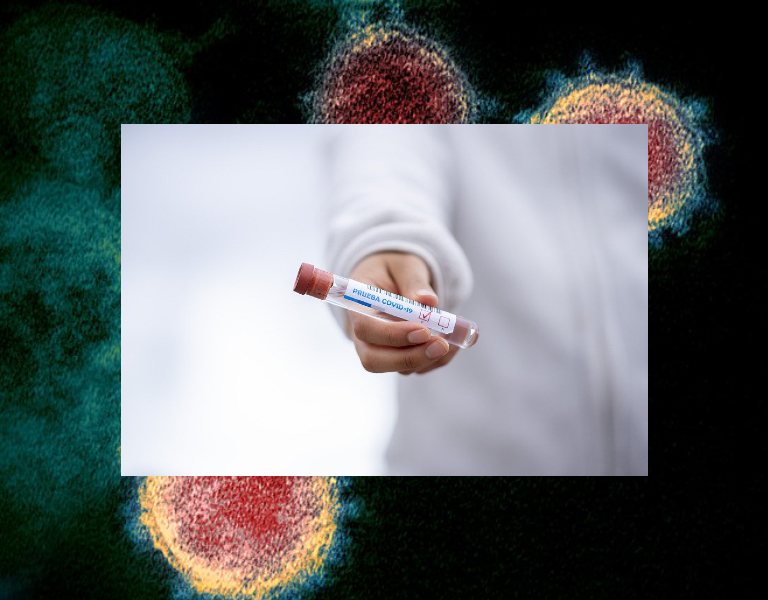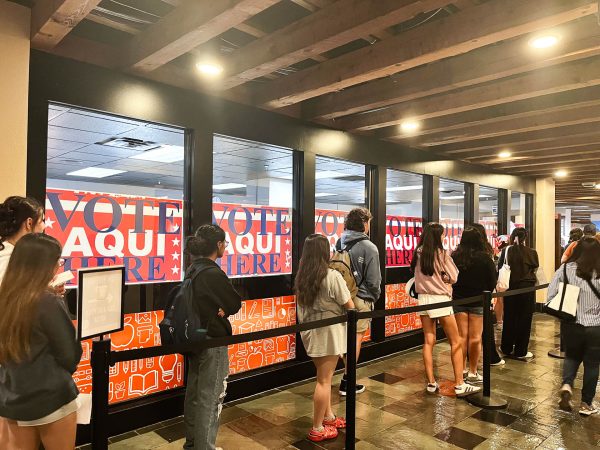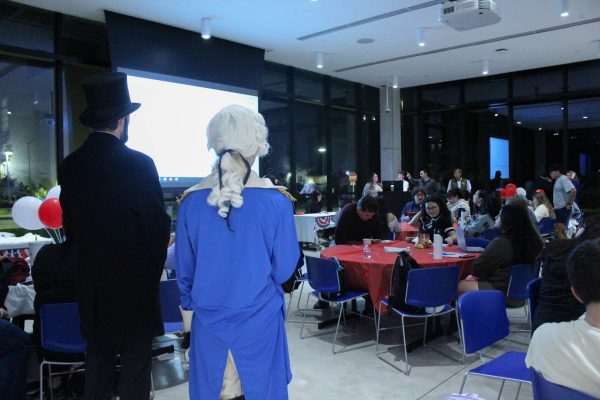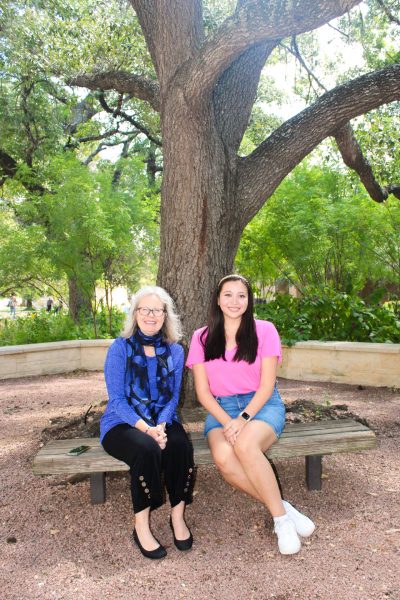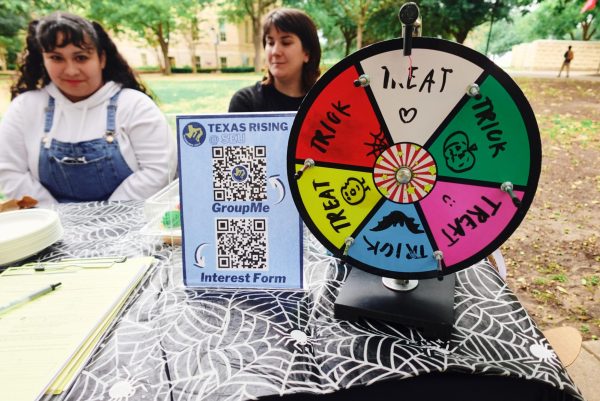Texas aims for COVID-19 vaccine in near future, scientists say development may take longer
With different comments on a COVID-19 vaccine from politicians and scientists, people remain uncertain about the progress of a vaccine. Scientists are using the H1N1 vaccine for Influenza A as a model.
Six months have passed since Texas saw its first COVID-19 case. There have been 653,356 reported cases of coronavirus since then, with Travis County reporting over 27,000 cases. As researchers race towards a vaccine, The Centers for Disease Control and Prevention (CDC) provided each state with a plan of action to distribute the COVID-19 vaccination. Now, Texas officials are optimistic about the development and distribution of a vaccine towards the end of October.
The problem is, the vaccine doesn’t exist.
As of now, there are zero approved vaccines for general use according to The New York Times Coronavirus Vaccine Tracker. The tracker provides updates on the stages of development on all current vaccine candidates. Multiple researchers from different countries are each trying their hand at developing their own vaccine.
Companies such as Novavax Inc. are currently developing their own vaccine, with the goal of outsourcing to Texas through the Texas A&M University System Center for Innovation in Advanced Development and Manufacturing to mass produce the eventual product. The specific endeavor was financed federally for $265 million. Companies like Houston-based research firm Texas Center for Drug Development (TCDD) are already looking for trial participants.
Texas healthcare workers are also contributing to the development process. Director of Dallas County Health & Human Services Dr. Phil Huang stated that coronavirus is a novel virus, meaning it’s newly discovered and there isn’t enough in-depth research about it to develop a vaccine immediately. Professionals are now using the H1N1 virus as a model on how to approach the COVID-19 vaccine. But H1N1 is a strain of the flu, which made vaccine development a lot easier. Huang said that they would follow the model of immunizing vulnerable groups first like the elderly and those with predisposed conditions.
Despite the hard work put forth by these companies, many are doubtful that a reliable and safe vaccine will be available in the next month.
Texas Biomed CEO Dr. Larry Schlesinger shared his doubts about a vaccine being available anytime soon.
“Now, it could happen. Anything is possible, but I think it’s highly unlikely just given where we are today,” Schlesinger said. He stated that his pessimism is due to the difficulty in Phase III of vaccine trials.
According to the CDC, there are six stages of creating and distributing a vaccine. The current focus is on the Phases of development, which refers to the vital clinical trials that all approved drugs must go through in order to be distributed to the public.
The FDA describes Phase I as focusing on research and collecting data on what dosage is the safest for human consumption while Phase II studies side effects. Phase III monitors adverse reactions, which can be difficult to monitor with the current time crunch, followed by Phase IV — the final distribution of the vaccine. While the White House appears confident about having a vaccine in the near future, many Americans are worried they’ll yield a failing vaccine due to the rush.
Visit the CDC website for updates on the status of vaccines and local health plans.
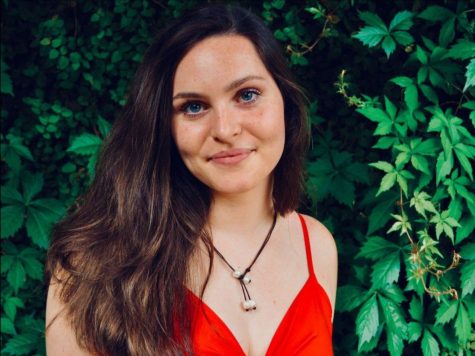
Hey y'all! My name is Gracie Watt and I am a junior majoring in communication with a focus in journalism. I'm proud to be the Photo Editor for Hilltop...


